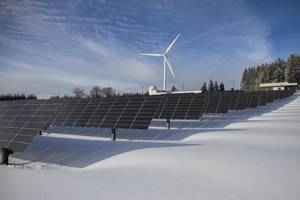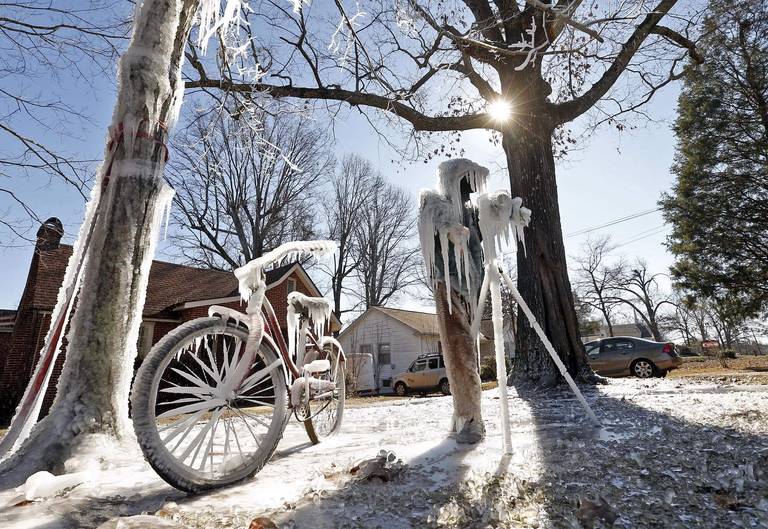Best Heat Insulation for Roof and 3 Mistakes to Avoid (NEW)
Your home may look so beautiful and all attractive, especially if you have asphalt shingles or tesla solar tiles / solar panels mounted on the roof.
But there are so many roof insulation building components that go behind the drywall to keep it that way.
Best heat insulation for roof often does not come cheap. Price to insulate your roof can vary from $1500 to $3500, while average cost to insulate an attic is around $2500.
As a homeowner, understanding what's hidden behind your walls and ceilings can give you an idea of the right home improvement options to go with.
Staying prepared for the colder months puts you in good stead to navigate through with ease as regards the extra cost you have to grapple with to keep you and your family warm.
Want to know the best part?
In most cases, you don't need a roof replacement or a new roof deck. Not even a roof repair.
In fact, there are 3 simple things you need to do. I'll reveal all 3 in a minute.
Table of Contents
Even though you can turn down the thermostat and put on another sweater, the right home improvement can reduce expenses and at the same time, give you great comfort.
Do you know that by giving your roof a bit of attention, you can achieve a lot in comfort—and even significant gains in the heating bill?
You can save up to 10 to 50 percent on your heating bill if you properly insulate your attic roof (so says the Department of Energy). Homes come in different styles, and the roofs are diverse, but most have enough attic spaces—either crawl space or walk-in.
If you've been trying to save energy costs, insulating your roof—or more like your attic—might be one way to achieve that lofty goal.
Take a Closer Look at the Existing Condition of the Roof
Take a critical look at the current condition before hitting the road on insulation. To get this done, you may need the aid of a builder or architect. One of the signals that you may have a moisture problem going on is when you have wet insulation. A roof leak may cause this—and that must be corrected before any insulation work is to begin.
Again, you might want to look out the size of the rafter using a structural engineer. Some homes feature undersized rafters when you compare it to the current code requirements. If you have a sagging rafter in place, then reinforcing it before going ahead with the insulation may be a good idea.
If you don't insulate your roof, heat rises above, warming the roof in the process. The snow is quickly melted after a snowstorm, all thanks to this heat—drastically reducing the snow load on the roof. But if your roof is fully insulated, expect snow to hang in there for as long as it wants—because it melts at a much slower rate. In case the rafter is undersized, there could be a roof failure as the snow continues to pile up on it.
It is not uncommon to experience occasional roof collapse during snowstorms. That will result in a lot of expenses for homeowners. You must have a clear idea of your roof structure and the attic before embarking on any related home improvement project.
Seal off any Roof Space
When the evaluation is over, ensure that your attic is air sealed—that means any cracks, holes, or other gaps must be blocked to prevent air transfer. By so doing, you can achieve the right temperature.
There are simple ways to seal off air—hole filling using expanding foam and caulk. Even after air sealing, you'll have to provide ventilation for the attic. With a professional on the job, the roof ventilation system will be considered, and the best way to maintain it too.
The next step is sealed roof insulation:
Go with the Right Roof Insulation Solution
With the attic adequately sealed, it is time to select the right insulation solution. The list is endless, from spray foam to blown-in cellulose; even batt insulation is not left out—like fiberglass, mineral wool, or cotton.
Three factors must be considered during insulation—available space, cost of insulation, and the desired R-value. The R-value is the thermal resistance rating of the insulation material. A higher R-value means better insulation.
For a place like Washington, the energy code minimum is an R-value of 49 when it comes to attic insulation—you may add more if you so wish.
You must also understand that various types of insulation come with different amounts of space. For fiberglass batt insulation, the R-value is between 2.9 and 3.8 per inch of thickness. What it means is that R-49 requires between 13 and 17 inches—insulation thickness has to be between those values. The truth is, that may be a tall order.
For spray foam insulation, the R-value is 3.7 per inch for open cell and 6.2 per inch for the closed-cell. With the closed cell type, you can hit 4.9 with 8 inches thick—that is a typical rafter height in many older homes.
But the downside is that spray insulation comes at a cost—it is more expensive when compare to batt insulation. You might want to settle for blown-in cellulose because of the advantage in cost and R-value. For inaccessible attics, this might be the right option to go with.
If you consider insulating your roof this winter, it may be a good investment—you'll drastically reduce your heating bills. Even when the cold temperatures return, you'll equally cut down on air condition bills.
Engage the services of a structural engineer, a builder, or architect to take a look at your attic. They will give you the recommendations on the right insulation to settle for—and for your budget too.
How Lack Insulation Affect Countertop Material like Marble and Granite
When you don't insulate your home, a whole lot may go wrong. The first is you'll be paying so much in energy bills, and you know what that means. Another thing is your countertop may add to the heat loss within your home. Countertops' options are plentiful and made of materials like marble, resin, quartz, laminate, or granite. Marble has a high specific heat capacity, so it absorbs plenty of heat from the surroundings.
Because of its dense structure, it is easier for it to take in heat from warmer objects. As such, the heat dissipates through the marble as quickly as possible, and the marble floor feels cold. The marble floor also contributes to heat loss within your home.
By insulating your roof, you're moderating the temperature for comfort while reducing energy bills in the process.



